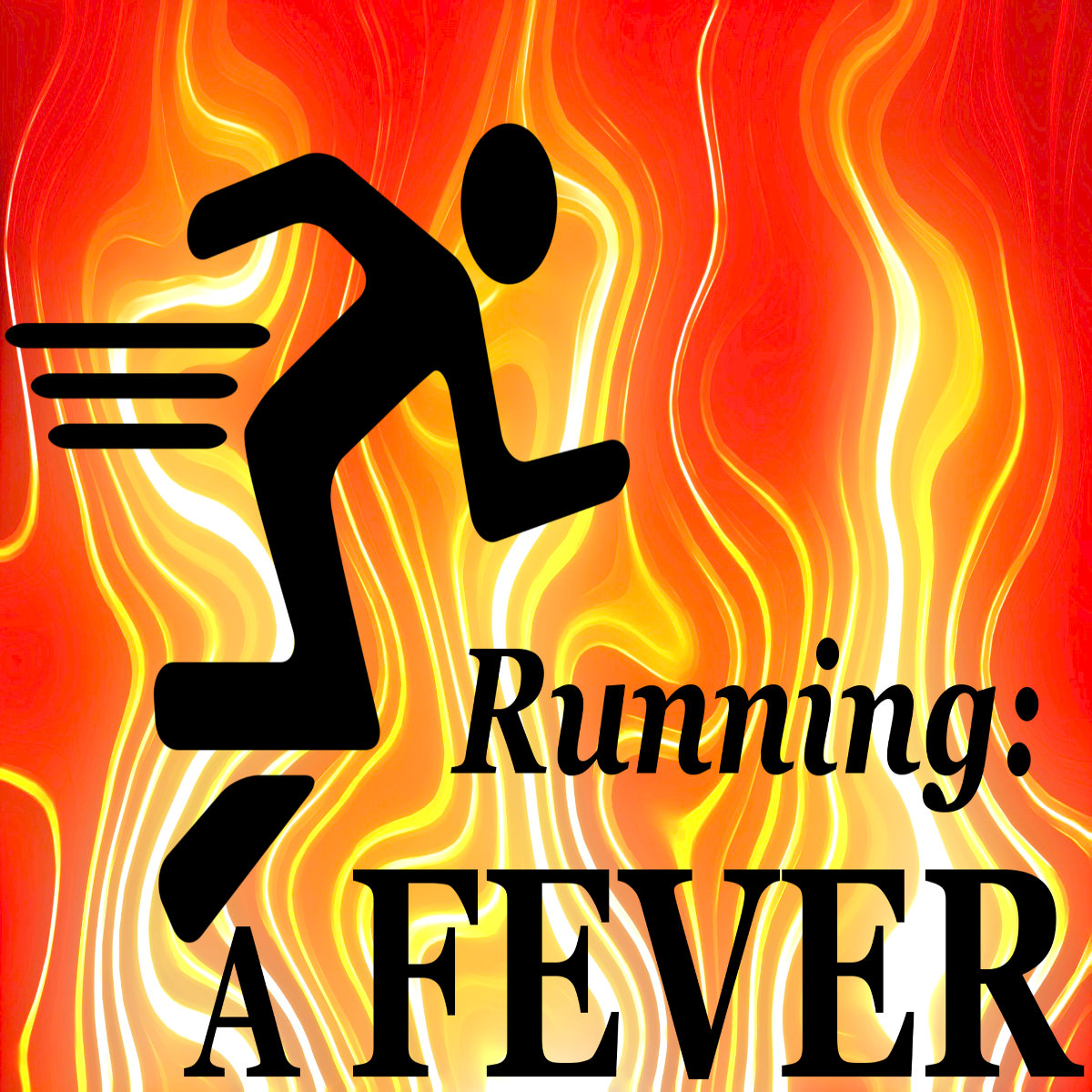This is the seventh in our series Aging Reversed. I’ve enjoyed learning in my research for the series. Every episode I state my goal: to live a long, healthy, happy, active life right up to the end. And right now I’m focused on the “long” part. Could it be that we don’t have to age? That’s what we’re trying to find out here.
So far, we’ve covered the idea of classifying aging as a disease, the Information Theory of Aging; we talked about the genes that affect longevity, then how calorie restriction can help us live longer, and most recently, exercise and longevity. Today we’re digging into the benefits of exposing the body to less-than-comfortable temperatures for longevity.
There is a range of temperatures where we’re comfortable. Our bodies don’t have to do any work to stay warm or cool off. When we’re exposed to temperatures outside of that range, our heart rate changes, our breathing changes. We need more or less blood flow to the skin. These are the things we have to do to survive.
We have already talked about calorie restriction as a means to a longer life. And one of the side effects of eating less is a reduction in body temperature. Did it contribute to longer life, or was it just a side effect? A 2006 study found that mice genetically modified to reduce their body temperature lived longer. 20% longer for females and 12% longer for males.
The gene that was modified in this study is called UCP2. Scientists wrote in a 2007 article in Biocheme that exposure to cold caused it to increase the production of a substance called “brown fat.” Brown fat’s main function is to produce heat. In one study, animals with high levels of brown fat exposed to shivering cold three hours a day had lower rates of diabetes, obesity, and Alzheimer’s disease. Do non-human animals get Alzheimer’s disease? Not as far as we know, but they can present very similar effects. Another study of Ames dwarf mice, who can live twice as long as typical mice, showed higher functioning of brown fat in these mice.
Brown fat decreases in us as we age. It would behoove us to figure out a way to increase brown fat tissue or its effectiveness so we can avoid these life-shortening illnesses. One way to do this is by exposing ourselves to cold. Cryotherapy is one way to do this. You spend a few minutes in a cryogenic chamber at temperatures of -110 to -160C, or -166 to -256 degrees Fahrenheit. But you don’t need a cryo chamber to get the effects of cold exposure. Exercising outside on a cold winter day is one example. Leave a window open at night, or don’t sleep with a heavy blanket on. Any of these methods can activate brown fat’s anti-aging properties, putting the body once again into survival mode and extending life.
What about heat exposure? Studies of yeast exposed to higher temperatures showed increased production of NAD, the sirtuin fuel we discussed in episode 391. In humans, a twenty-year Finnish study published in 2015 showed that men who used saunas frequently had twice the decrease in fatal heart attacks, heart disease, and all-cause mortality events than those who took hot baths.
The data concerning heat exposure’s relation to longevity is not as overwhelming as that for cold exposure. But it is clear that the stress induced by exposure outside the temperature comfort zone can be very good for us.
There are several references, so be sure to check out the blog at http://RunningAFEVER.com/394
Next time we’ll explore Future Medicines and Technologies and how they can extend our lives. Until then, if you have the fever, keep it burning, and if you don’t, catch the fever, and I will see you next time on Running: A FEVER.
References:
Sinclair, David A. and LaPlante, Matthew D. (2019). Lifespan: Why We Age — and Why We Don’t Have To. Atria Books.
https://tinyurl.com/nonhuman-Alzheimers
https://tinyurl.com/function-of-brown-fat
https://tinyurl.com/ames-mice
https://www.physio-pedia.com/Whole-body_cryotherapy
https://RunningAFEVER.com/391
